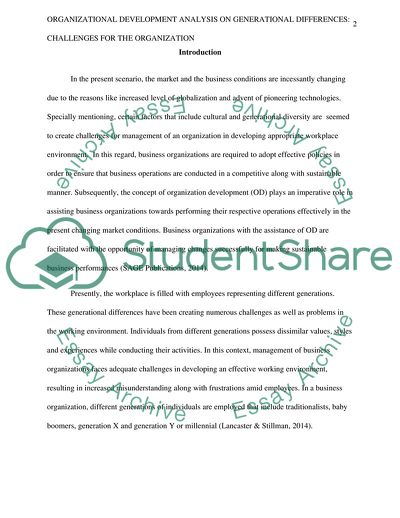Cite this document
(Organizational Development analysis on Generational Differences: Essay, n.d.)
Organizational Development analysis on Generational Differences: Essay. https://studentshare.org/management/1819670-organizational-development-analysis-on-generational-differences-challenges-for-the-organization
Organizational Development analysis on Generational Differences: Essay. https://studentshare.org/management/1819670-organizational-development-analysis-on-generational-differences-challenges-for-the-organization
(Organizational Development Analysis on Generational Differences: Essay)
Organizational Development Analysis on Generational Differences: Essay. https://studentshare.org/management/1819670-organizational-development-analysis-on-generational-differences-challenges-for-the-organization.
Organizational Development Analysis on Generational Differences: Essay. https://studentshare.org/management/1819670-organizational-development-analysis-on-generational-differences-challenges-for-the-organization.
“Organizational Development Analysis on Generational Differences: Essay”. https://studentshare.org/management/1819670-organizational-development-analysis-on-generational-differences-challenges-for-the-organization.


